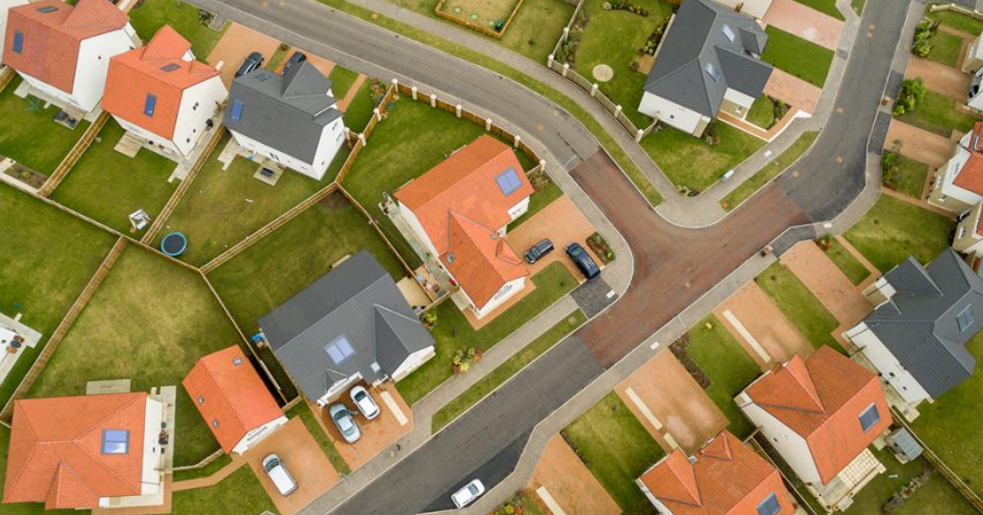It said the revised retail feed-in tariff (FIT) rates will help to soften the impact of rising energy prices in some Australian states and save money for households that have installed solar modules. AGL, EnergyAustralia and Origin Energy all recently revealed that retail electricity and gas prices will rise sharply from the beginning of July.
“We estimate the increases in feed-in tariffs could be worth up to A$3,321 ($2,512) per year in extra savings for some customers, depending on which state they live in and the amount of solar energy they generate and export to the grid,” said Sandra de Castro, general manager of sales and marketing for AGL.
FiT rates for residential customers in Queensland, New South Wales (NSW), Victoria and South Australia will increase by between 77% and 140%. New tariffs will range from A$0.11 cents to $A0.16 per kWh, up from between A$0.05 and A$0.07. The revised rates are set to go into effect from July 1 July.
Popular content
AGL is introducing the new rates in response to increases in wholesale market prices and higher residential electricity costs, particularly in New South Wales, Queensland and South Australia. The FIT in New South Wales will jump 82% to A$0.11/kWh and by 77% to nearly A$0.11/kWh in Queensland. However, rates will jump the most in South Australia — up 140% to A$0.16/kWh — and in Victoria, up 126% to A$0.11/kWh. The increase in Victoria is in line with requirements set by the Essential Services Commission, which is the state’s economic regulator.
In 2015, AGL completed a 53 MW solar array in Broken Hill, New South Wales. It also owns a 102 MW project in the state, near the town of Nyngan. And in March of this year, the company switched on a “virtual power plant” near Adelaide. With that project, it now centrally controls about 7 MWh of aggregated residential battery capacity backed by solar.
This content is protected by copyright and may not be reused. If you want to cooperate with us and would like to reuse some of our content, please contact: editors@pv-magazine.com.


By submitting this form you agree to pv magazine using your data for the purposes of publishing your comment.
Your personal data will only be disclosed or otherwise transmitted to third parties for the purposes of spam filtering or if this is necessary for technical maintenance of the website. Any other transfer to third parties will not take place unless this is justified on the basis of applicable data protection regulations or if pv magazine is legally obliged to do so.
You may revoke this consent at any time with effect for the future, in which case your personal data will be deleted immediately. Otherwise, your data will be deleted if pv magazine has processed your request or the purpose of data storage is fulfilled.
Further information on data privacy can be found in our Data Protection Policy.